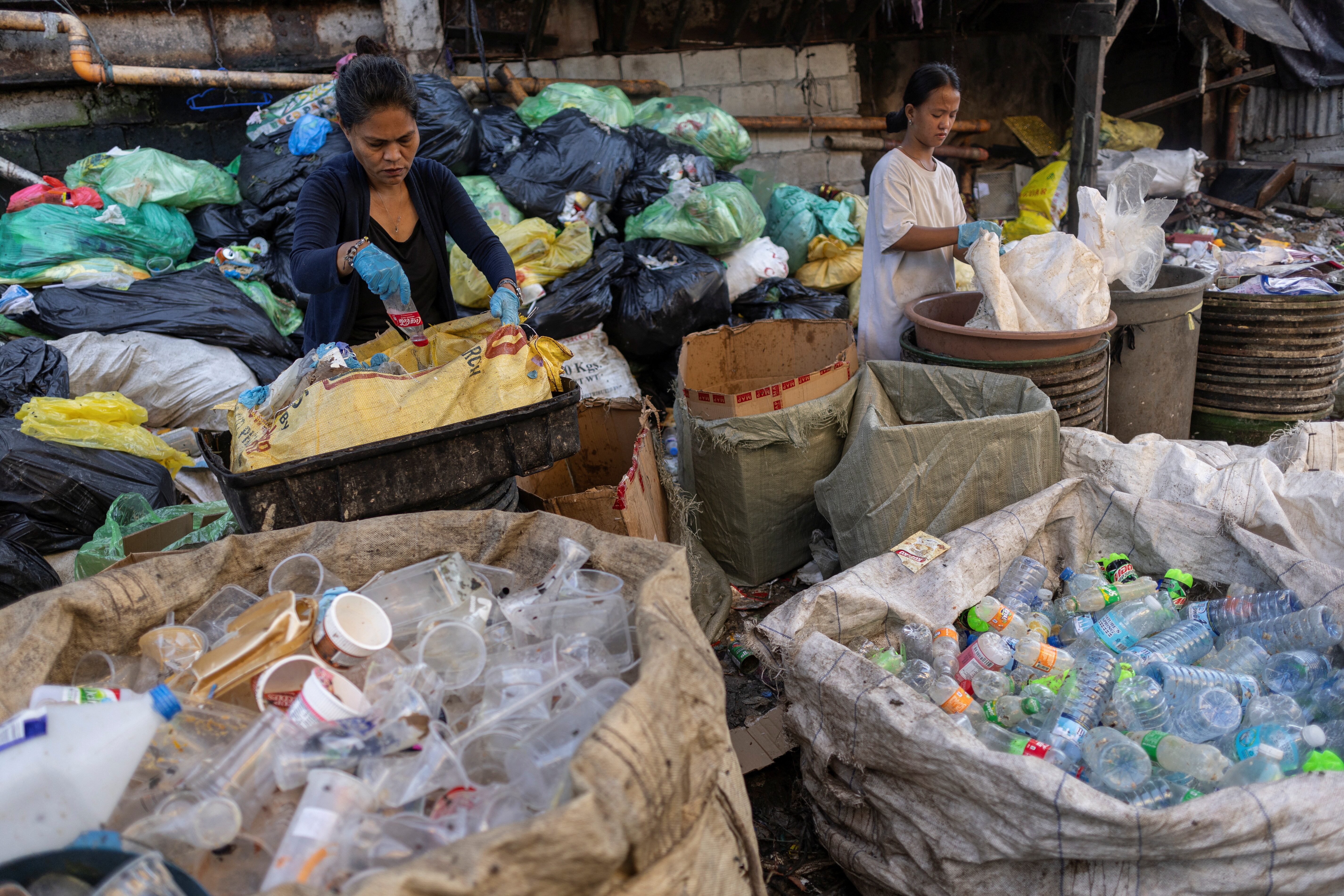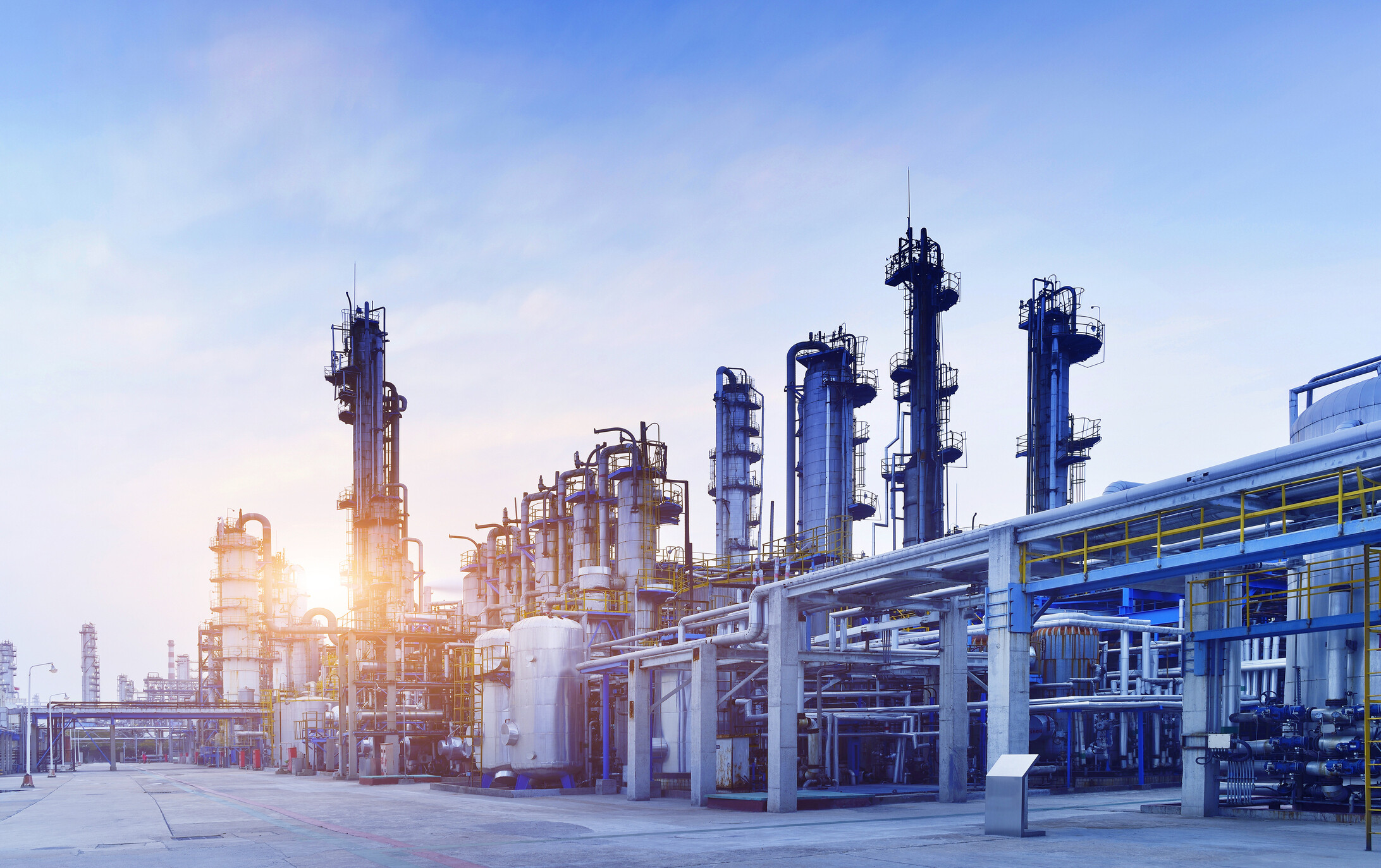The US must rethink how it uses and reuses wastewater

The recycling of water is a fundamental pillar of any circular economy. Image: REUTERS
- More than 80% of the world’s sewage gets discharged into waterways, which pollutes lakes, rivers, and the ocean.
- A circular economy approach to wastewater means much of this wasted water can be reused for anything from industrial agriculture to brewing beer.
- Data can be a key tool in preparing for and responding to floods, storms and other water-related emergencies.
The way the world currently uses resources is best characterized as a cradle-to-the-grave approach: take resources from the Earth, use them, and throw them away. A circular economy approach, however, rethinks this pattern. It adds three principles: eliminate waste and pollution, circulate products and materials, and regenerate nature.
The need for such a re-think is nowhere more evident than in how we use water.
Right now, more than 80% of the world’s sewage gets discharged into waterways, polluting lakes, rivers, and the ocean.
The sewage discharge process in the United States is ripe for re-invention in a way that will reduce pollution, promote nutrient reuse and align with the UN’s Sustainable Development Goals (SDGs).
Energy from waste
Water resource recovery facilities (WRRFs) account for 30-40% of total energy consumption in local governments across the US. Considering the vast quantities of electricity needed to obtain, treat and transport wastewater, along with the large amounts of water needed to produce electricity, this is a significant cost. Energy prices will only continue to rise, in turn further driving up the operating costs of WRRFs.
Many in the private sector have already begun to seek out creative and cost-effective solutions to this issue, tackling two U.N. SDGs: Clean Water and Sanitation (SDG 6) and Affordable and Clean Energy (SDG 7).
Disney World, for example, has found an ingenious way to keep the magic going sustainably. Giant tanks at a nearby facility take in all of the food scraps, cooking oils and gasses from Disney World’s restaurants and hotels. That is then combined with biological waste, and converted into organic waste and biogas. That biogas is reused as energy at the park, while the organic waste is used as fertilizer.
Elsewhere, Genifuel has been developing technology that takes animal waste, human waste and plastic waste and converts it into gas and crude oil through the use of high-temperature water. The method compresses a process that takes millions of years in nature and expedites it into mere hours.
These innovations represent clear steps toward eliminating waste and circulating products and materials, ultimately improving sustainability.
What is the Forum doing to address the global water challenge?
Circular economy for resilient cities
Cities are hotspots of water waste and pollution. Car tire particles, construction debris, cooking oil and many more materials inevitably end up in the waterways of cities, degrading ecosystems, impairing water bodies and causing health issues among communities.
This is exacerbated by the States’ woefully inadequate Stormwater infrastructure — given a ‘D’ rating in a recent US infrastructure report. This poor rating is no surprise given the impermeable surfaces in cities and suburbs across the country — and the result is an annual bill of $9 billion in damages.
Some organizations have found a solution for this through something unexpected: data.
In Washington state’s Puget Sound, an inlet of the Pacific Ocean used as a dumping ground for 370 billions of gallons of untreated stormwater annually, The Nature Conservancy is using heatmaps to track areas of particular concern.
This open-access project makes information available on the area’s highest stormwater runoff — a mixture of toxic pollutants from roads, sewer pipes and urbanized landscapes — to give public municipalities the data needed to get ahead of the next storm event.

Reusing and recycling water
In the United States, the average person uses 2,220 gallons of water per day — an amount that, in some countries, could be a week’s worth of water for a whole family.
Water reuse, a method of recycling treated wastewater for use in agriculture and landscape irrigation, can sustainably reduce the US’ outsized water footprint — and it can even be used to brew beer. Reusing water hits on two U.N. SDGs: Responsible Consumption and Production (SDG 12) and Partnership for the Goals (SDG 17).
It takes seven barrels of water to make one barrel of beer, and brewers can be pretty picky about the quality of their water. Pure Water Brew is a group of utilities, brewers, engineering firms, and tech companies building the future of reusing recycled water through brewing beer. They have teamed up to educate the public on the water cycle and improve awareness that the quality of treated water often actually exceeds minimum drinking water standards.
Another project worth spotlighting is Hyperion 2035 — the City of Los Angeles’s $8 billion vision of recycling 100% of the water flowing through its treatment plant. The plant will produce 170 million gallons per day of safe and recycled water.
California also happens to host the largest potable water reuse program in the world. The Groundwater Replenishment System is a water purification system that takes highly treated wastewater, which would have otherwise been heading into the Pacific Ocean, and purifies it into high-quality water to serve 2.5 million residents in Northern and Central Orange County.
Protecting our planet
The circular economy innovations highlighted here, along with many others in the pipeline, provide real opportunities for water resources to be managed sustainably in the future.
Water is the one resource that touches everything in our lives, no matter where we are on the planet — and it is high time that we start to appreciate this valuable resource.
As the British journalist Rose George once said: “We are using the same water that the dinosaurs drank, and this same water has to make ice creams in Pasadena and the morning frost in Paris.”
Fidan Karimova is participating in the Ocean Health Youth Council, a mentorship program led by Friends of Ocean Action and the Sustainable Ocean Alliance. Fidan’s mentor is Jennifer Morris, CEO of The Nature Conservancy.
Don't miss any update on this topic
Create a free account and access your personalized content collection with our latest publications and analyses.
License and Republishing
World Economic Forum articles may be republished in accordance with the Creative Commons Attribution-NonCommercial-NoDerivatives 4.0 International Public License, and in accordance with our Terms of Use.
The views expressed in this article are those of the author alone and not the World Economic Forum.
Stay up to date:
Fresh Water
Forum Stories newsletter
Bringing you weekly curated insights and analysis on the global issues that matter.
More on Circular EconomySee all
Felipe Basso
November 13, 2025







